Langston Hughes (1902-1967) is an African-American poet, who wrote about the struggles of the people of his own community living in urban and semi-urban areas all across the United States. He addressed both the practical difficulties faced by them in their daily lives, living as they did in a white-dominated world, and the emotional problems they faced as a result of being treated as second-class citizens in America. Hughes is best-known as the pioneer of the Harlem Renaissance, a 1920s and 30s movement aimed at greater community visibility for African-Americans, and greater integration of the community as a whole within the American mainstream. Hughes was especially interested in jazz music, and many of his poems mimic the rhythm and feel of jazz songs. ‘Dream Boogie’ is one such poem.
‘Dream Boogie’ is the opening poem of Hughes’ book-length poem suite entitled Montage of a Dream Deferred, which was published in the year 1951. In the poem, two speakers speak, seemingly at cross-purposes, but this is intentional on Hughes’s part, as we shall soon see. The dialogues of both the speakers are broken up into eight units, each of a different length than the others, ranging from a minimum of a single word to a maximum of four lines.
In the first unit, the narrator endearingly refers to his friend as “daddy” (a common practice amongst African-Americans, whose sense of community is remarkably strong, and for whom, not only a biological family but an extended family composed of friends and neighbours holds great sway). The narrator then asks whether his friend has heard the “boogie-woogie rumble/ of a dream deferred?” The word “boogie-woogie” immediately resonates in the reader’s mind as echoing the title of the poem. However, it is followed by the word “rumble”, which connotes a disturbance of some kind in one’s surroundings. So the noise that the narrator refers to is not a conventionally joyous noise, as the musical sound of the word “boogie-woogie” might lead one to assume. In fact, it is the sound of a dream that is constantly postponed. What exactly makes the sound of dreams being postponed, is described in the second unit of the poem. In this unit, the narrator says that the feet of the people of the African-American community stomp on the ground, and create the noise in question.
In the third unit, we see the narrator’s friend speaking for the first time. He always speaks tersely in the poem. In this particular unit, he only questions the assumptions of the narrator, and asks whether he thinks that the sound of the African-Americans’ feet stomping is a happy beat.
In the fourth unit, the narrator speaks again, supposedly in reply to his friend’s last question. The narrator urges him to listen closely to the sound the narrator has been referring to, from the beginning of the poem, and consider whether the sound does not conceal something underneath its surface.
In the fifth unit, the narrator’s friend asks, “What did I say?” This implies that the friend indeed believes that there is happiness beneath the noise of dreams being deferred.
In the sixth unit, the narrator apparently provides evidence to support his friend, saying he is happy for one, and then asks him to start making the music that has in fact brought them together the day they have been having the discussion that forms the content of the poem.
‘Dream Boogie’ ends with the narrator’s friend singing a bebop rhythm.
- Dear Readers- If this summary/analysis has helped you, kindly take a little effort to like or +1 this post or both. Make sure you like Beamingnotes Facebook page and subscribe to our newsletter so that we can keep in touch. We’ll keep informing you about stuffs that are really interesting, worth knowing and is important to you.
Some online learning platforms provide certifications, while others are designed to simply grow your skills in your personal and professional life. Including Masterclass and Coursera, here are our recommendations for the best online learning platforms you can sign up for today.
The 7 Best Online Learning Platforms of 2022
- Best Overall: Coursera
- Best for Niche Topics: Udemy
- Best for Creative Fields: Skillshare
- Best for Celebrity Lessons: MasterClass
- Best for STEM: EdX
- Best for Career Building: Udacity
- Best for Data Learning: Pluralsight


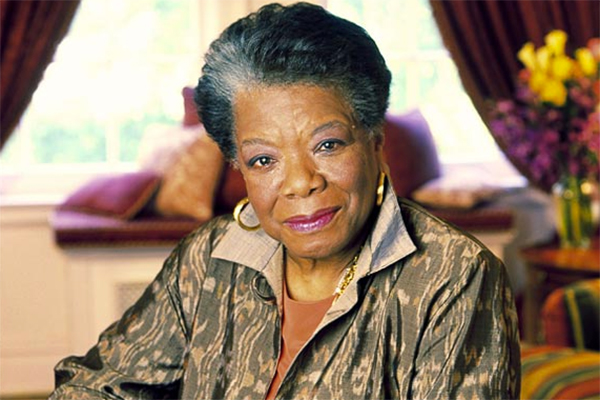

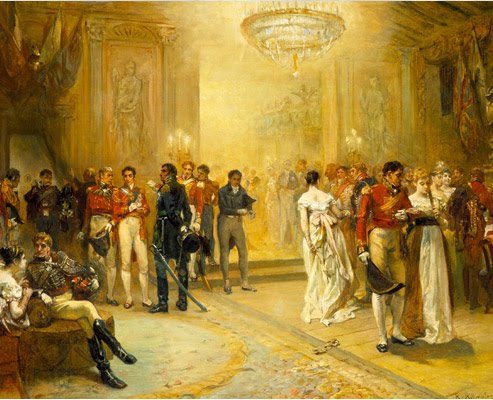
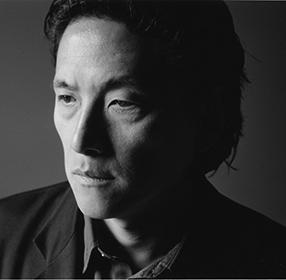
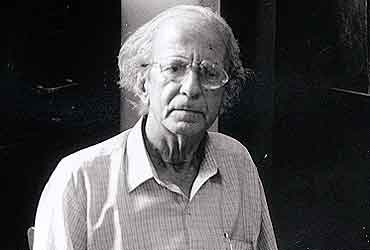



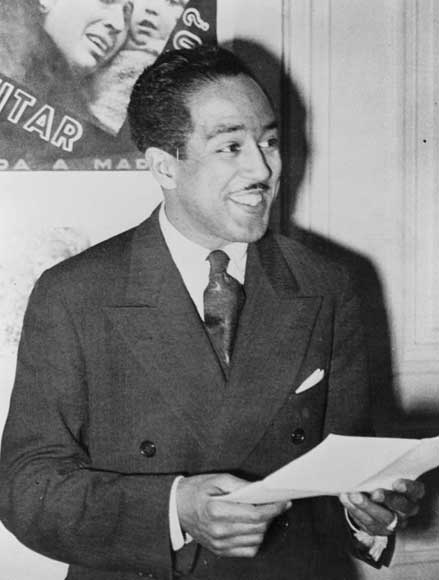






2 comments
Comments are closed.